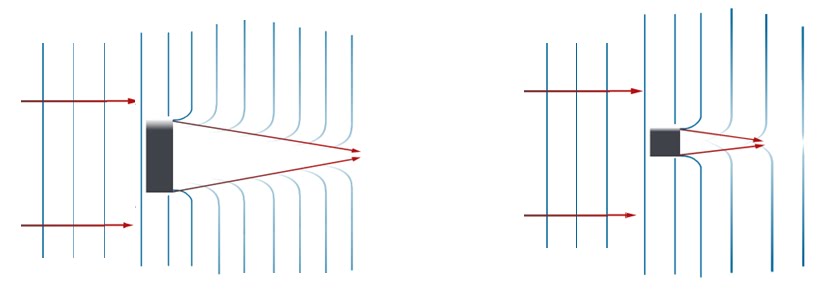Edit: Edited the title, following Mazura's suggestion, for a better wording of the question.
NASA and other space agencies have considered installing radio telescopes on the far side of the Moon. The sheer mass of the Moon blocks any signals coming from Earth which may interfere with radio signals coming from space. The Moon is outside the orbit of all communication satellites, and the far side is an ideal place for placing such telescopes.
My world involves a planet which has been colonized by humans abducted by aliens and placed there. The planet is orbited by a large asteroid, not a moon. It is large enough to be visible from their planet as a bright star and is used in their lunar calendar. Assuming an almost round shape (being an aggregate of smaller particles), and having enough gravity to hold the telescope in place, what is the minimum size the asteroid must be to block radio signals from the planet?
Some planetary information - the aliens have selected a planet with roughly the same mass as Earth, to make the humans feel comfortable with the gravity. They diverted asteroids from the asteroid belt and locked them in an orbit around the planet. They set the orbital period to divide their "year" into 12 months because they are familiar with the humans' use of the lunar calendar. The planetary year is almost 40 days longer than ours.

